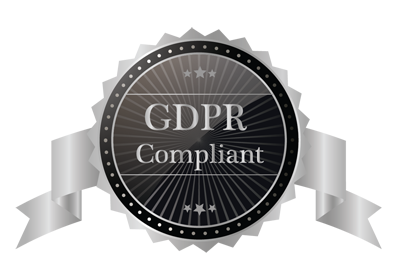In today’s modern office environments, particularly open-plan spaces, maintaining privacy and minimising distractions have become increasingly challenging. As businesses strive to create productive workplaces, many are turning to solutions such as white noise and sound masking.
But what exactly are these technologies, and how can they benefit your office space? This article will explore the world of white noise and sound masking, their differences, and their potential impact on office productivity and privacy.
What is White Noise?
White noise is a type of sound that contains all frequencies audible to the human ear, distributed equally across the spectrum. It’s often compared to the static noise you might hear when a television or radio is tuned to an unused frequency. In office settings, white noise has gained popularity as a method of soundproofing and creating a more comfortable acoustic environment.
How Does White Noise Benefit Office Spaces?
White noise offers several advantages in office settings:
Enhanced Privacy
In open-plan offices or meeting rooms, white noise significantly improves privacy by making it more difficult for others to overhear conversations. This is particularly crucial when discussing sensitive business information.
Reduced Staff Distraction
White noise helps mask various office sounds such as phone calls, typing, and staff conversations. By creating a consistent background sound, it helps employees focus on their tasks, potentially leading to increased productivity.
Improved Concentration
A noisy workplace can have a substantial impact on productivity. White noise can help create a more stable acoustic environment, allowing workers to concentrate better on their tasks.
What is Sound Masking?
While similar to white noise, sound masking is a more advanced technology specifically engineered to overlap with the frequency of human speech. It adds a subtle background noise to an environment, making speech less intelligible and thus protecting private conversations and reducing distractions.
How Does Sound Masking Differ from White Noise?
The key difference between sound masking and white noise lies in their specific purposes and implementation:
Frequency Range
While white noise covers all audible frequencies, sound masking is tailored to match the frequencies of human speech.
Installation Method
White noise devices are typically placed in strategic positions within an office, making their source identifiable. In contrast, sound masking technology can be easily concealed in office infrastructure, such as ceiling tiles, making it virtually undetectable.
Perception
White noise can sometimes become a distraction itself as employees may be able to identify its source. Sound masking, when properly installed, is more immersive and less intrusive, often going unnoticed by employees and visitors.
What Are the Benefits of Sound Masking in Offices?
Sound masking offers numerous benefits in office environments:
- Enhanced Privacy: By making speech less intelligible, sound masking safeguards business information, ensuring that conversations in meeting rooms or private offices remain confidential.
- Reduced Distractions: Sound masking helps create a consistent level of background noise, reducing the impact of sudden noises or conversations that might otherwise distract workers.
- Improved Productivity: By minimising distractions and creating a more comfortable acoustic environment, sound masking can potentially increase worker productivity.
- Flexibility: Sound masking systems can be tailored to different areas of an office, providing varying levels of masking as needed.
- Aesthetic Preservation: Unlike visible white noise machines, sound masking technology can be seamlessly integrated into the office design without impacting aesthetics.
What Should You Consider When Choosing Between White Noise and Sound Masking?
When deciding between white noise and sound masking for your office, consider the following factors:
- Office Layout: Open-plan offices may benefit more from sound masking due to its ability to cover larger areas uniformly.
- Privacy Needs: If maintaining speech privacy is a primary concern, sound masking may be more effective.
- Budget: While initially more expensive, sound masking systems may offer better long-term value due to their effectiveness and integration capabilities.
- Customisation: Sound masking systems offer more flexibility in terms of adjusting the masking sound to suit different areas of an office.
Enhancing Your Office Environment with Advanced Sweeping
Both white noise and sound masking can significantly improve workplace privacy and productivity, especially in areas where sensitive and confidential information is shared. These technologies can have a substantial impact on reducing distractions and improving staff focus in noisy office environments.
At Advanced Sweeping, we understand the importance of maintaining a secure and productive office environment. While our primary expertise lies in technical surveillance countermeasures (TSCM) and bug sweeping, we recognise the value of comprehensive security solutions, including acoustic privacy measures like sound masking.
If you’re considering implementing sound masking or other privacy-enhancing technologies in your office, we encourage you to seek professional advice. Our team at Advanced Sweeping can provide guidance on creating a business security strategy.
Get in touch
Contact us today to discuss how we can help protect your business against various security threats, including unauthorised surveillance and acoustic vulnerabilities.

